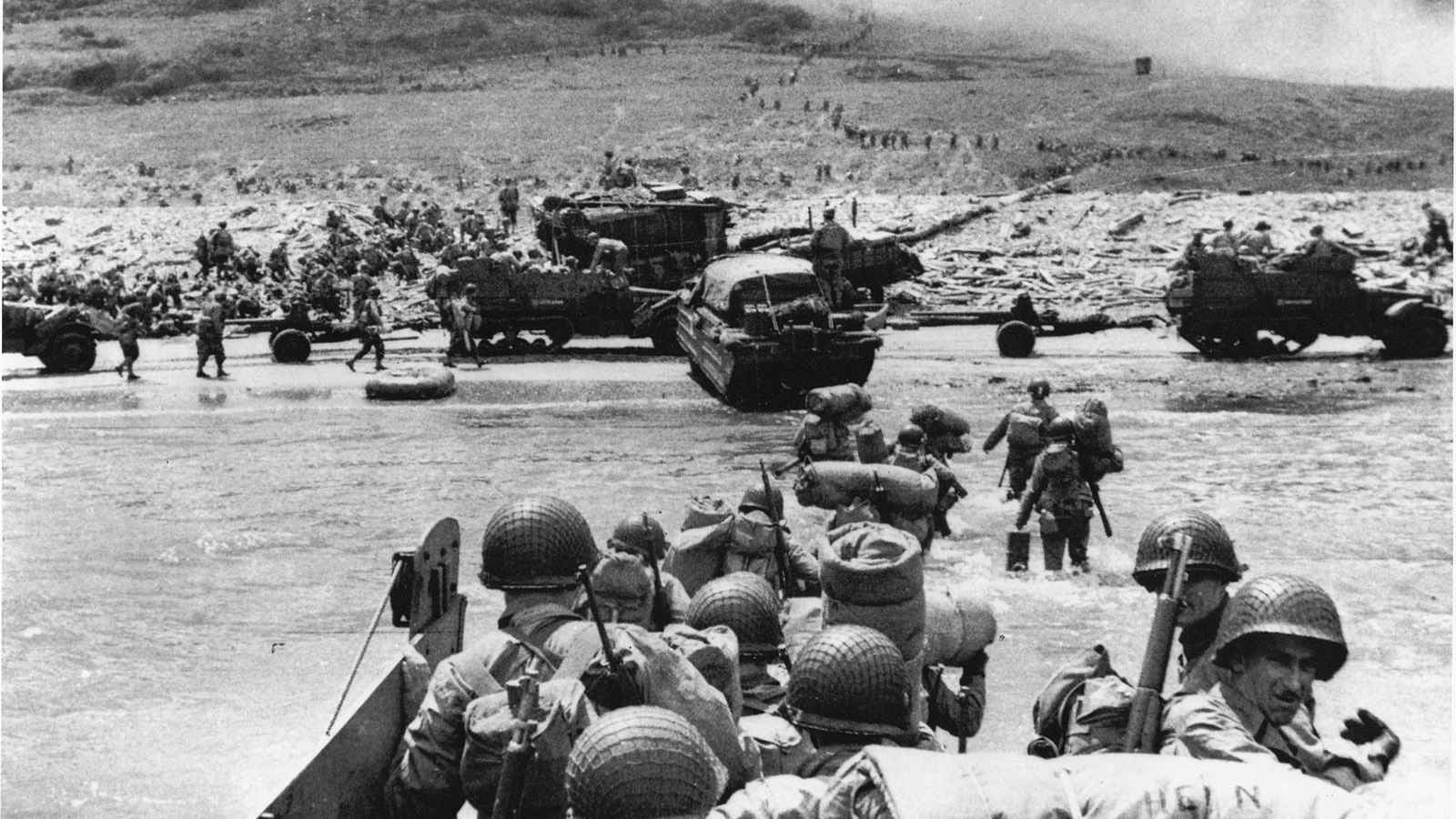The annual commemoration of D-Day on June 6 evokes powerful recollections of the valiant men and women who fought a well-planned and executed battle that ultimately lead to the end of World War II. More than seventy-five years after the conclusion of World War II, these memories are still vivid for more than 300,000 surviving U.S. veterans. Through museums and memorials, the rest of us learn about their legacy and the complex history of events. Today, as we reflect on D-Day on June 6, 1944, is the most crucial time for us to remember and honour them.
The background of D-Day
During World War II, on the morning of June 6, 1944, American troops and their allies landed on the beaches of Normandy, France in an invasion code-named Operation Overlord, which marked the beginning of the liberation of France and, eventually, other parts of Europe from Hitler’s Nazi regime. Operation Neptune was the codename for the landing of 156,000 British, Canadian, and American troops at 6:30 a.m. on the five beaches of Normandy on this day, known as D-Day.
Earlier in the morning of June 6, 24,000 airborne troops were dropped by parachute into combat in an effort to close off exits and seize bridges in order to impede the progress of Nazi reinforcements. Hitler’s ‘Atlantic Wall,’ consisting of 2,400 miles of bunkers, landmines, and shore obstacles (metal tripods, barbed wire, and wooden stakes), was constructed in anticipation of a French coast invasion. Four million landmines were deployed by the Nazis along the Normandy beaches.
In 1942, planning began for our invasion of German-occupied France. In an effort to deceive the Germans and maintain the secrecy surrounding the D-Day invasion, the Allies conducted Operation Bodyguard, a military deception. It included phoney radio transmissions, double agents, and a “phantom army” under the command of American General George Patton.
The date of June 5 was originally designated as D-Day due to weather and high tide predictions based on the phase of the moon. In the end, adverse weather conditions thwarted the original plans, and D-Day was moved to June 6.
Over 4,400 identified soldiers, sailors, airmen, and coastguardsmen perished on D-Day, with an additional 5,000 estimated to have been lost at sea, in an air battle, or otherwise unidentified. That day, their sacrifice and the valiant efforts of every soldier changed the course of the entire conflict.
National Drive-In Movie Day 2023: Date, History, Facts about Hollywood
National Gardening Exercise Day 2023: Date, History, Facts, Activities
National Higher Education Day 2023: Date, History, Facts about American colleges
5 INTERESTING FACTS ABOUT D-DAY
General Eisenhower postponed the commencement of the battle by one day, to June 6, due to forecasted poor weather conditions.
Brigadier General Theodore Roosevelt Jr., the son of President Theodore Roosevelt, was the oldest soldier to land on the Normandy beaches at the age of 56; he was posthumously awarded the Medal of Honour for his valiant exploits at Utah beach.
The United States military stocked seven million tonnes of supplies, including 450 thousand tonnes of ammunition, at a staging area established in England, the launch site for Operation Overlord.
These tanks were both water- and land-capable and were used to support the landing forces on all five beaches on D-Day.
The 50-mile coastline was divided into five beaches with codenames Utah, Omaha, Gold, Juno, and Sword.
D-DAY DATES
| Year | Date | Day |
|---|---|---|
| 2023 | June 6 | Tuesday |
| 2024 | June 6 | Thursday |
| 2025 | June 6 | Friday |
| 2026 | June 6 | Saturday |
| 2027 | June 6 | Sunday |




